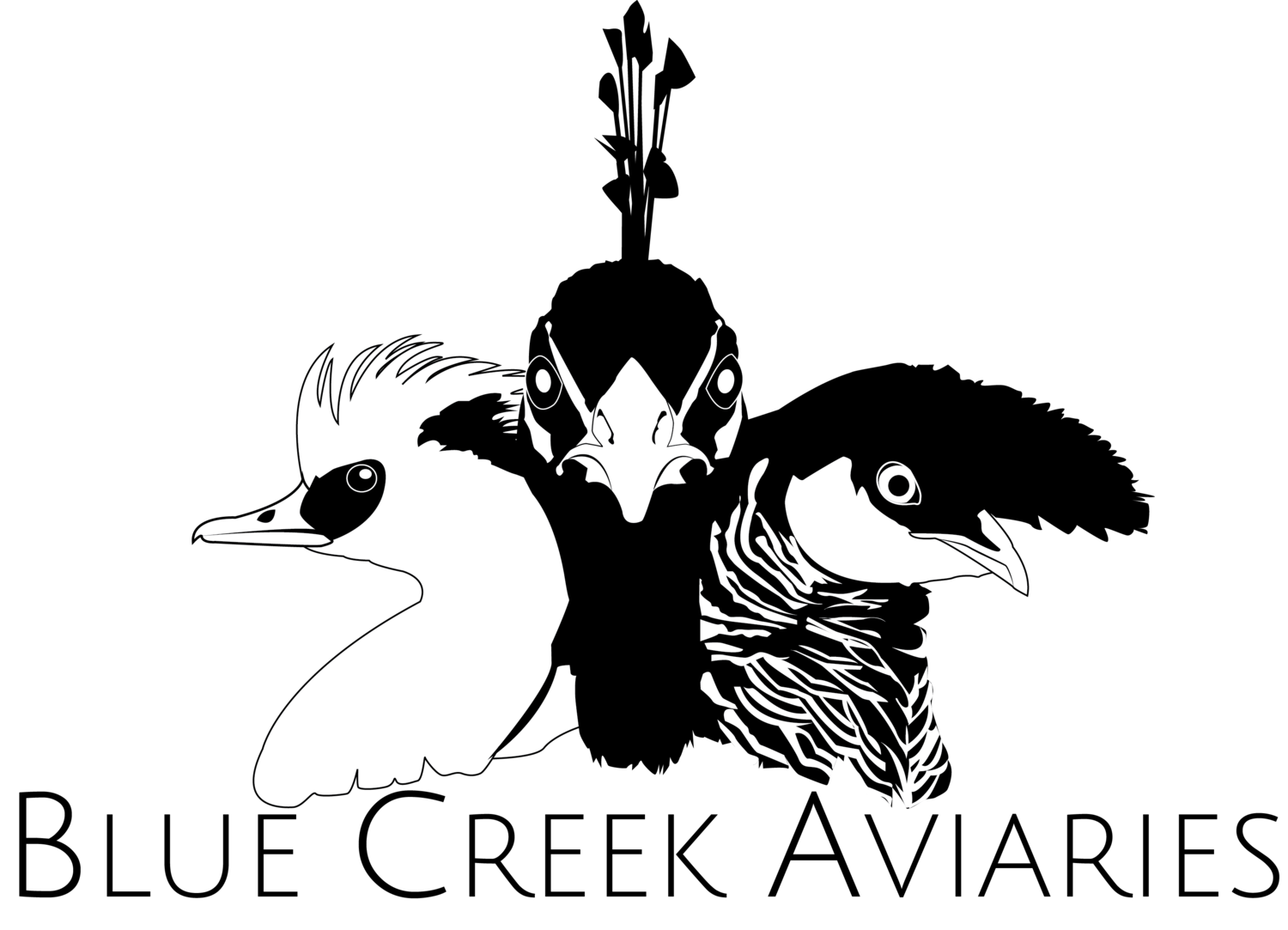Hooded Merganser
Hooded mergansers are no longer a part of the collection as of 2020. This page will remain for reference purposes.
The hooded merganser (Lophodytes cucullatus) is a diving duck native to North America. As the name suggests, hooded mergansers are literally “hooded” with a large crest. When in breeding plumage, the males have an unmistakably large white crest outlined in black, creating an attractive contrast. The black continues from the head all along the back and tail. Their upper throats are black, while their breast is white. Along their mantle is a white and black barred pattern. Similarly, along their back, there are wing coverts that are black with a bold white line, forming striking plumes. Their flanks are cinnamon-brown colored and are overlaid by fine black barring. Lastly, the males have a fine black bill and a bright golden eye. The females also have a “hood,” but their’s is smaller and cinnamon colored. Their overall body color is brownish-grey, and their wing coverts bear the same pattern as the males’ coverts do. Hooded merganser females have brown eyes and brown and yellow colored bills. In eclipse plumage, hooded merganser males resemble females.
This species is classified as Least Concern by the IUCN, and is readily available in captivity. Being the most affordable merganser species, and the smallest, hooded mergansers are a great duck to begin with before moving on to the more challenging sea ducks. Since they are naturally diving ducks, hooded mergansers require diving-depth water (at least 18 inches deep). In the wild, their diet consists of aquatic insects, small fish, crayfish, and other similar creatures. In a captive setting, minnows can be released into their ponds for enrichment and supplemental protein. It is a joy to watch hooded mergansers diving and the males displaying with their raised hoods. Typical of any merganser, hooded mergansers can become aggressive during breeding season and can chase other birds away on a regular basis. While I have not had this get in the way of breeding success, it is something to consider especially if a small species is being bullied. Their eggs resemble a golf ball and have a thick, white shell. The incubation period for hooded mergansers is 28 days. I find that my hooded merganser females nest well, though I normally remove the ducklings prior to hatch and then artificially rear them. Like the smew, they too are wet brooded in aquatic rearing cubicles from Leucopsis Products. The ducklings can be tricky to get eating, but they should be fed Mazuri Waterfowl Starter.
